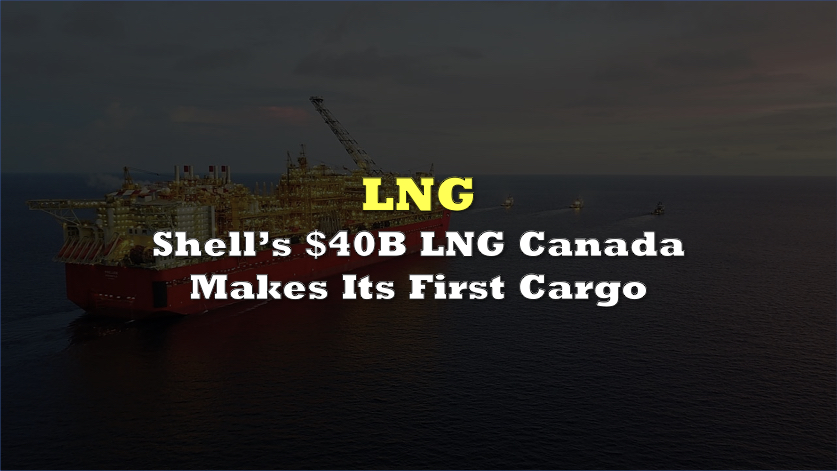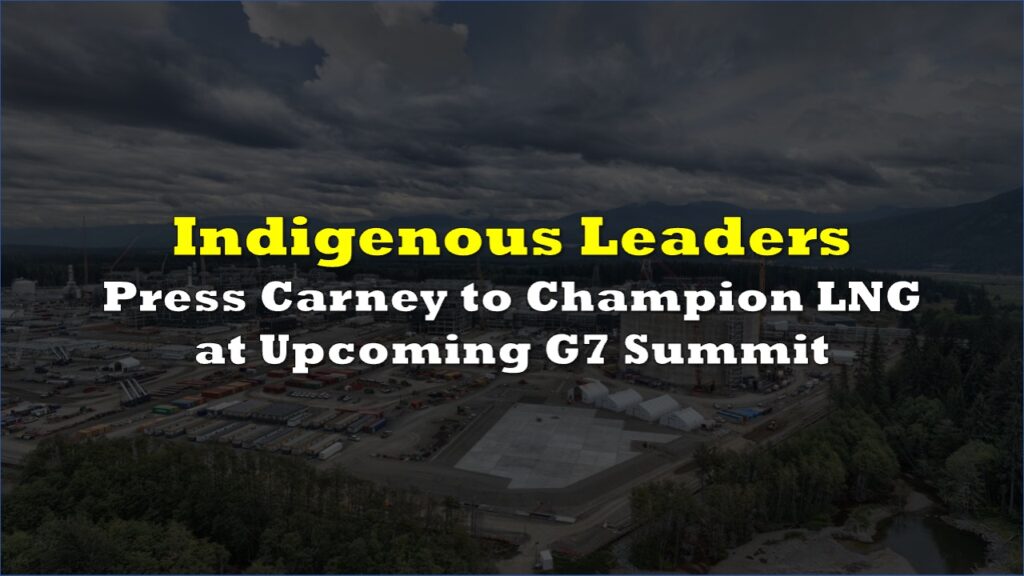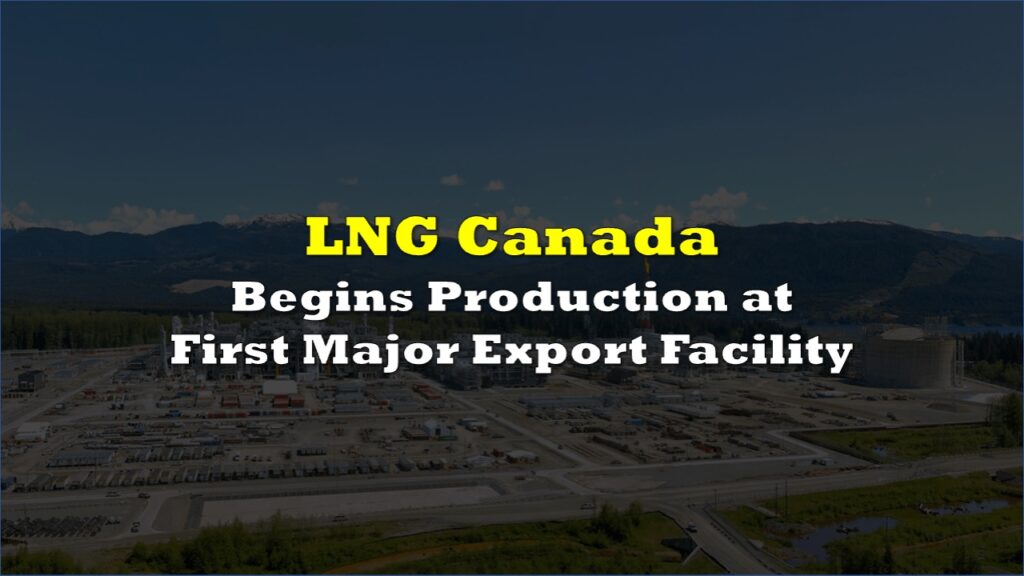The ship carrying the first cargo from LNG Canada slipped down Douglas Channel at dawn, marking Canada’s debut as an LNG-exporting nation.
The $40 billion venture is led by Shell with a 40% stake, alongside state-owned Petronas (25%), PetroChina (15%), Mitsubishi (15%), and Korea Gas (5%). Phase 1 features two liquefaction trains that can load 14 million tonnes per year.
“LNG Canada grows our integrated gas portfolio, providing a reliable supply of LNG to markets, most notably in Asia,” said Shell Integrated Gas chief Cederic Cremers. “Supplying LNG will be the biggest contribution Shell will make to the energy transition over the next decade.” 
Kitimat’s Pacific berth trims the voyage to Tokyo to roughly nine days—about half the time from the US Gulf Coast—and skips Panama Canal bottlenecks.
Coastal GasLink, now in service, can move up to 2.1 Bcf per day from the Montney shale to Kitimat. Each joint-venture partner supplies its own gas and markets its own LNG, diversifying both upstream risk and downstream sales.
The project already cut cheques worth $5.8 billion to Indigenous and local contractors, and more than 50,000 Canadians worked on site over seven years. Twenty First Nations also hold an equity option in the 670-km Coastal GasLink pipeline that feeds the terminal.
Shell and its partners retain an option to double capacity to 28 mtpa by adding two more trains, yet that decision must contend with remote-site inflation and tightening federal emissions rules.
Two smaller BC projects—Cedar LNG and Woodfibre LNG—are also queuing up behind LNG Canada, signaling an emerging West Coast gas corridor.
Shell’s LNG Outlook 2025 sees global LNG consumption rising 60% by 2040, driven largely by Asian coal-to-gas switching.
Information for this briefing was found via the sources mentioned. The author has no securities or affiliations related to this organization. Not a recommendation to buy or sell. Always do additional research and consult a professional before purchasing a security. The author holds no licenses.







